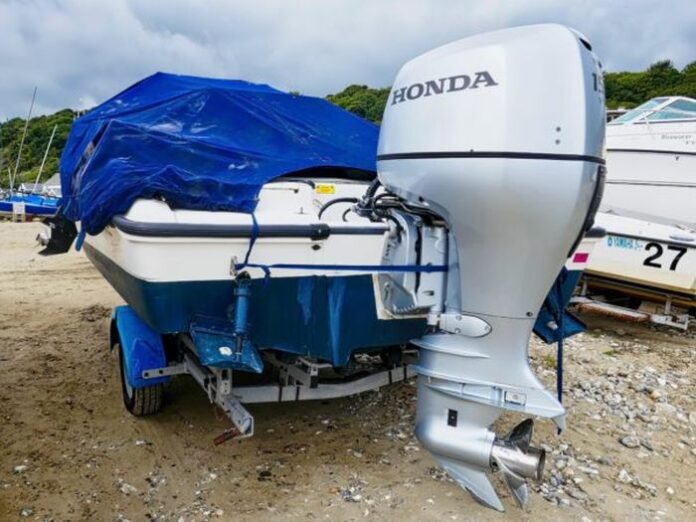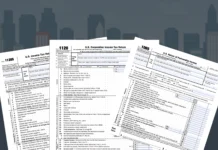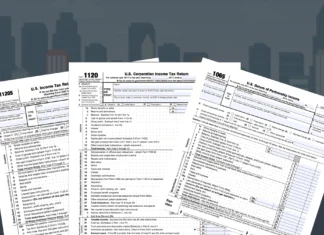Honda Outboard Engines — Common Issues and Remedies
Honda is far from being a new player in the boating industry. Indeed, the Japanese giant has been manufacturing four-stroke outboard motors since 1964 and has earned quite a fanbase among boating enthusiasts. Over the years, the company’s outboards have won several prestigious accolades, including the IMTEC Innovation Award, Popular Mechanics Design and Engineering Award, customer satisfaction award for four-stroke outboards from J.D. Power, and the IBEX Innovation Award. Today, there are only a handful of other manufacturers that can match a Honda outboard’s reliability.
Of course, reliable doesn’t mean invincible. With time and subjugation to air, water, and moisture, even the best outboard will eventually develop complications and need some fixing. It is important to remember that regularly inspecting your outboard can help avoid, or at the very least, significantly reduce those problems in the long run. In this article, we will highlight the most common issues faced by Honda outboard owners and how a trustworthy Honda 130 outboard service manual can help mitigate them click here to get service manual.
1. Starting Issues
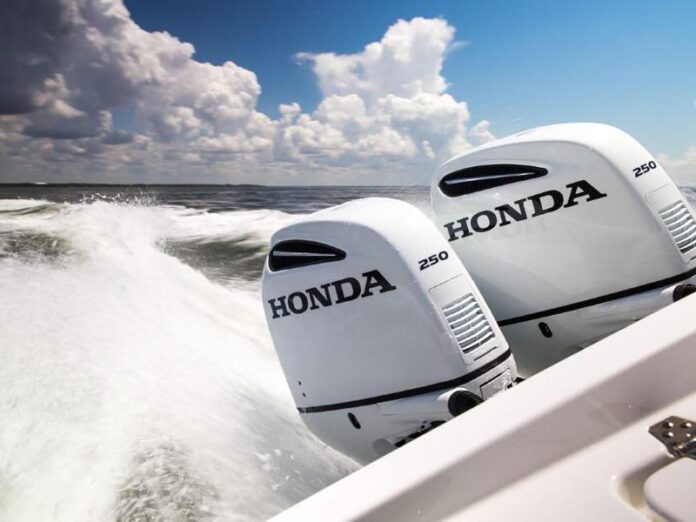
There’s no denying it; starting issues are one of the most common problems with Honda outboard. Make sure to check if the shifter is in neutral, or if you have engaged the kill switch accidentally.
Also, at times, the ignition switch may loosen up and compromise the outboard’s entire starting mechanism. An easy fix would be just tightening up a retaining nut or screw. If that doesn’t work, there might be a loose connection somewhere or an inadequate fuel supply.
As the saying goes — “better safe than sorry.” Hence, it’s crucial to regularly inspect and clean your electrical connections. If all else fails, you’ll find detailed troubleshooting instructions in your Honda marine shop manual that will help you identify the cause.
2. Carburetor Build-Up
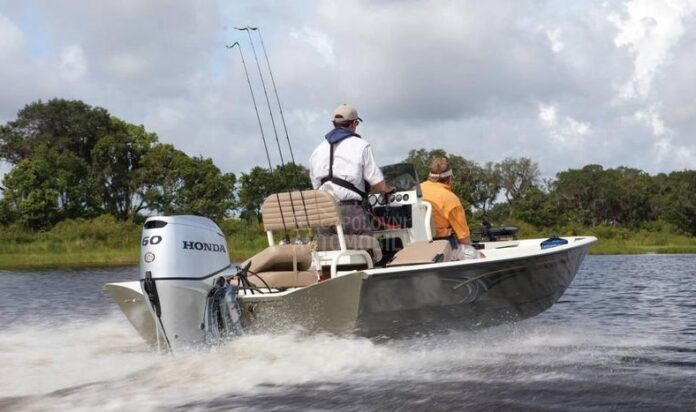
Older Honda two-stroke outboard motors sometimes develop a thick black substance in the carburetor. Indeed, as the fuel mixes with the two-stroke engine oil and gradually evaporates, it leaves a build-up in the carburetor, which may eventually restrict the fuel flow to the motor, resulting in a loss of power.
Your Honda marine shop manual will recommend two ways to deal with this problem — you can either prevent the condition by draining the fuel from the carburetor after using the boat. Another way is to keep the carburetor wet or squeeze the primer bulb weekly, without turning on the motor.
3. Overheating Issues
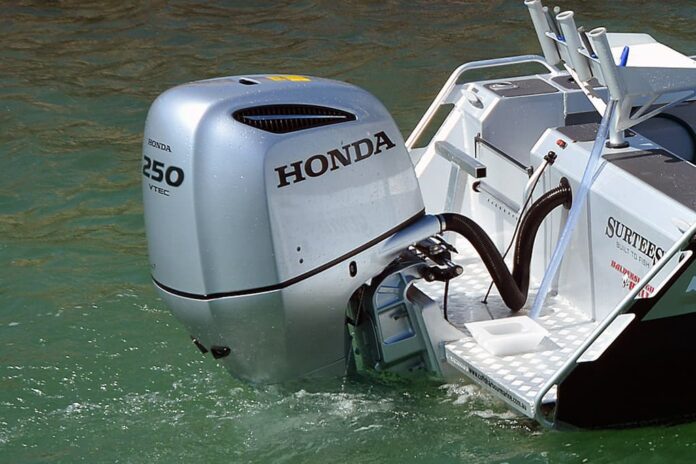
Overheating problems are quite frequent with almost all engines, and Honda outboards are no exception. However, the main culprit that primarily causes this anomaly in Honda outboards is twigs, mud, plants, or trash blocking the water intake valve.
It is important to remember that, unlike car engines, outboards don’t have radiators and heavily rely on water to keep the temperature under control — and even more important, the only way to prevent being stuck in the middle of a lake with a seized engine due to algae in the water intake valve is preventive maintenance. Always inspect your engine after a ride and make sure to keep an eye on the hoses and clamps. Any coolant leak will eventually cause an overheating condition.
4. Broken Drive Belt
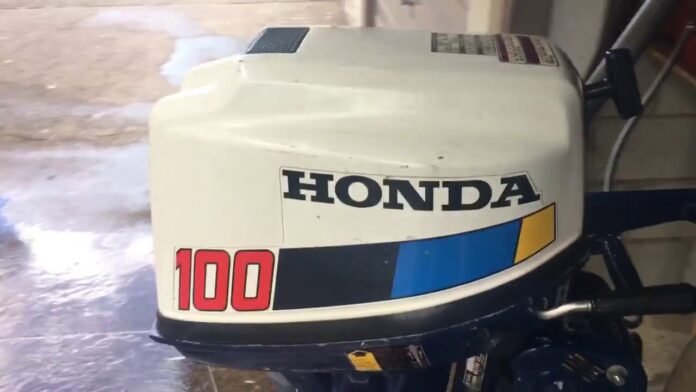
Older Honda outboards are particularly susceptible to broken belts. With time, rubber belts dry out and tend to crack and snap. To make matters worse, detecting the sound of the drive belt breaking becomes even more challenging with the engine running. In most cases, you’ll only notice something is wrong when the overheating engine light comes on, or the voltage meter shows the alternator is not charging.
We recommend always keeping a spare drive belt and the necessary equipment to replace it on your boat — just to be safe. And in case you aren’t sure how to replace it, slide your Honda outboard shop manual in a big Ziploc bag and keep it on board too. It will show you how to replace a defective drive belt the right way — just like authorized Honda mechanics do — no matter where you are with your boat.
5. Propeller Problem
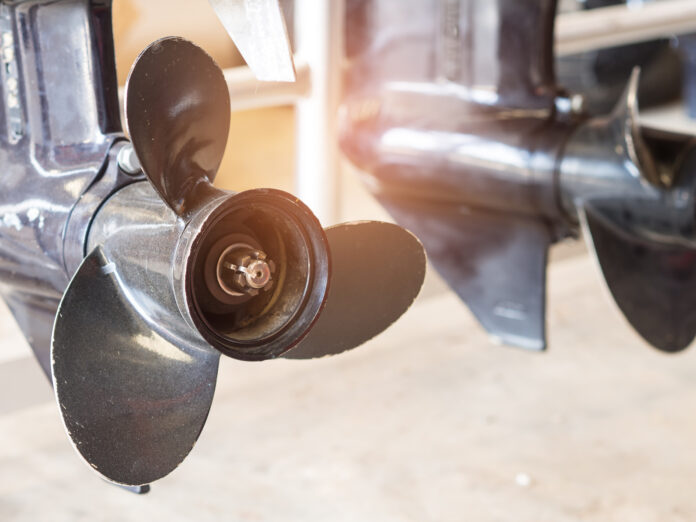
It is not explicitly related to the outboard itself, but a damaged propeller can take a heavy toll on your expensive piece of machinery. A gouged blade can create imbalance and cause the propeller to vibrate. Hence, always make sure to check for signs of wear and tear on the propeller. Even a single hit or a fishing line can snarl the shaft and jam it.
Apart from that, the rubber bushing inside the hub can also wear out over time, causing your outboard to lose power.
6. Shifter not working
When it comes to outboard transmission, the most common culprits are a lack of gear oil or a broken linkage. Most Honda outboards use a mechanical cable to make gear shifts, and this cable often detaches from the shift lever. Changing it usually fixes the problem, however, things can turn ugly quite fast if the problem occurs on the transmission side of the linkage.
You can try a couple of things to prevent this from happening, like maintaining the oil to the recommended level and regularly servicing the cable. An even safer bet would be to carry extra transmission fluid and a spare wire onboard. Once again, replacing the control cable and adding fluid are two simple procedures you’ll find in your Honda outboard shop manual.
Last Words
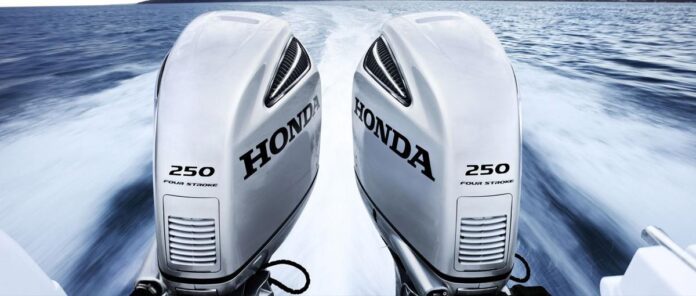
Irrespective of the brand, all outboards will encounter problems at some point in their lives. Still, if you want to make sure your outboard lasts longer than most, regular repair and maintenance is the key. And the first step to staying on top of your outboard’s service schedule is to get your hands on a Honda marine owner’s manual and the corresponding repair manual.
You’ll find everything you need to inspect and maintain your outboard motor there and save time and money in the process — what’s not to like?
